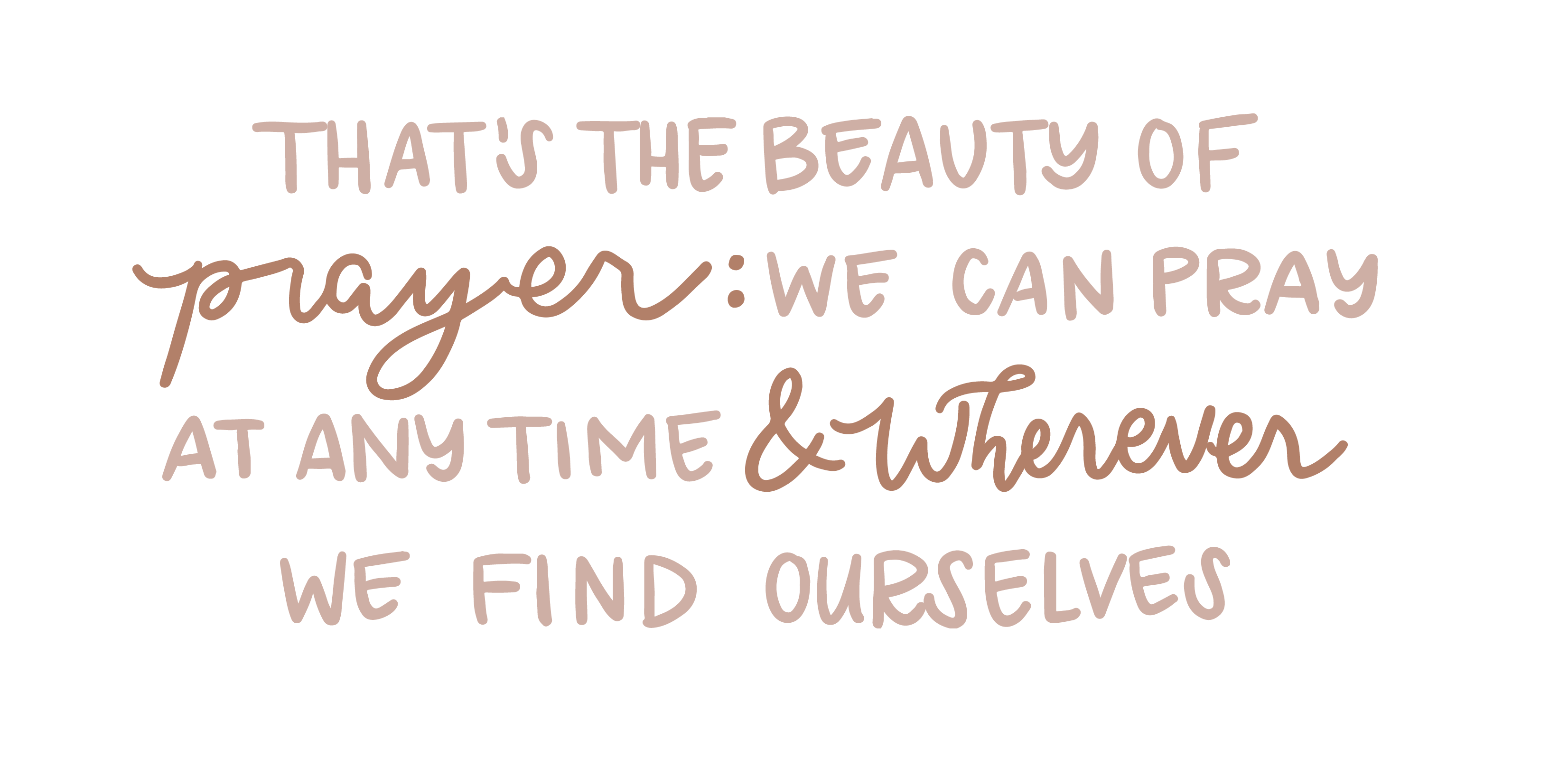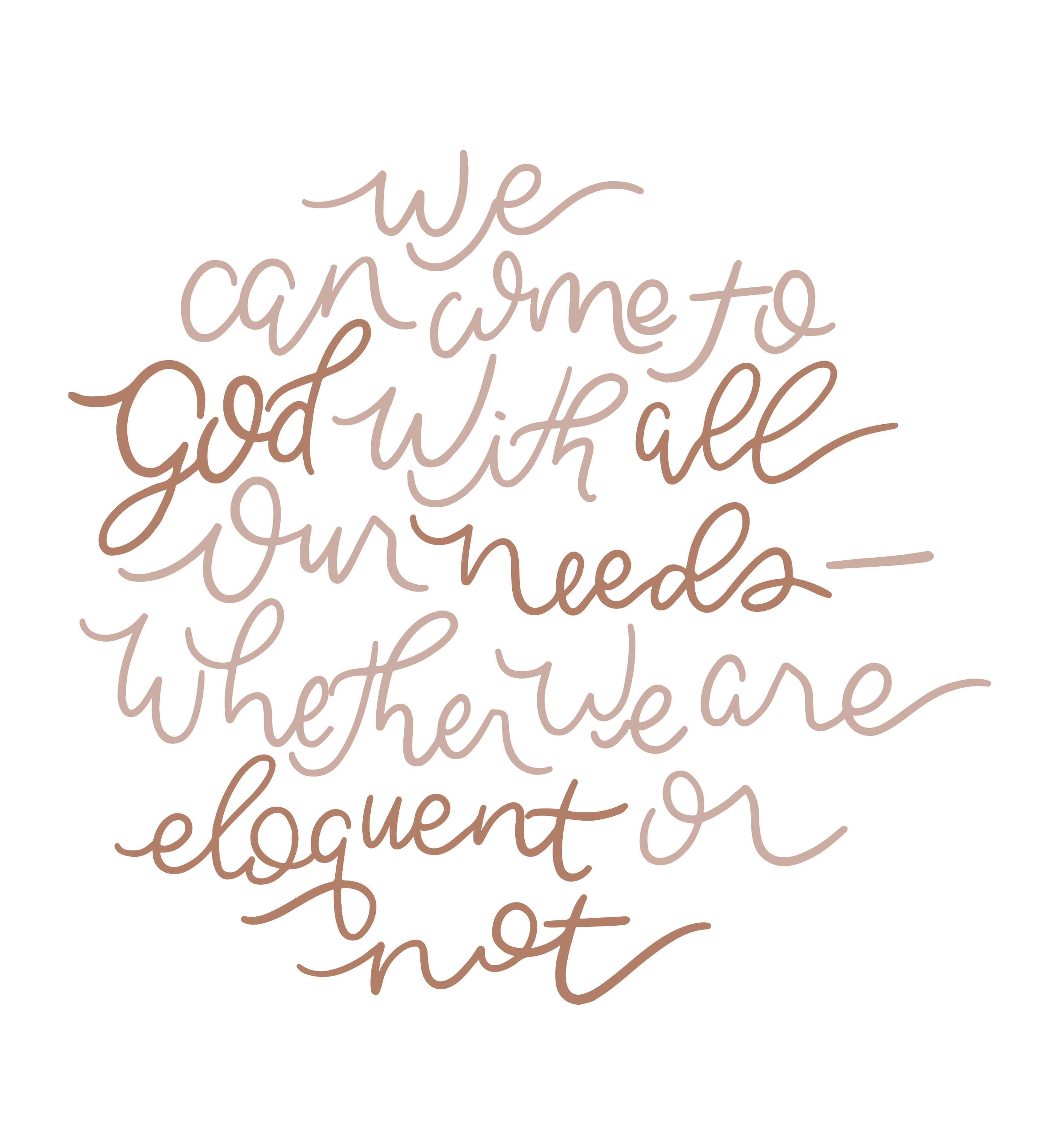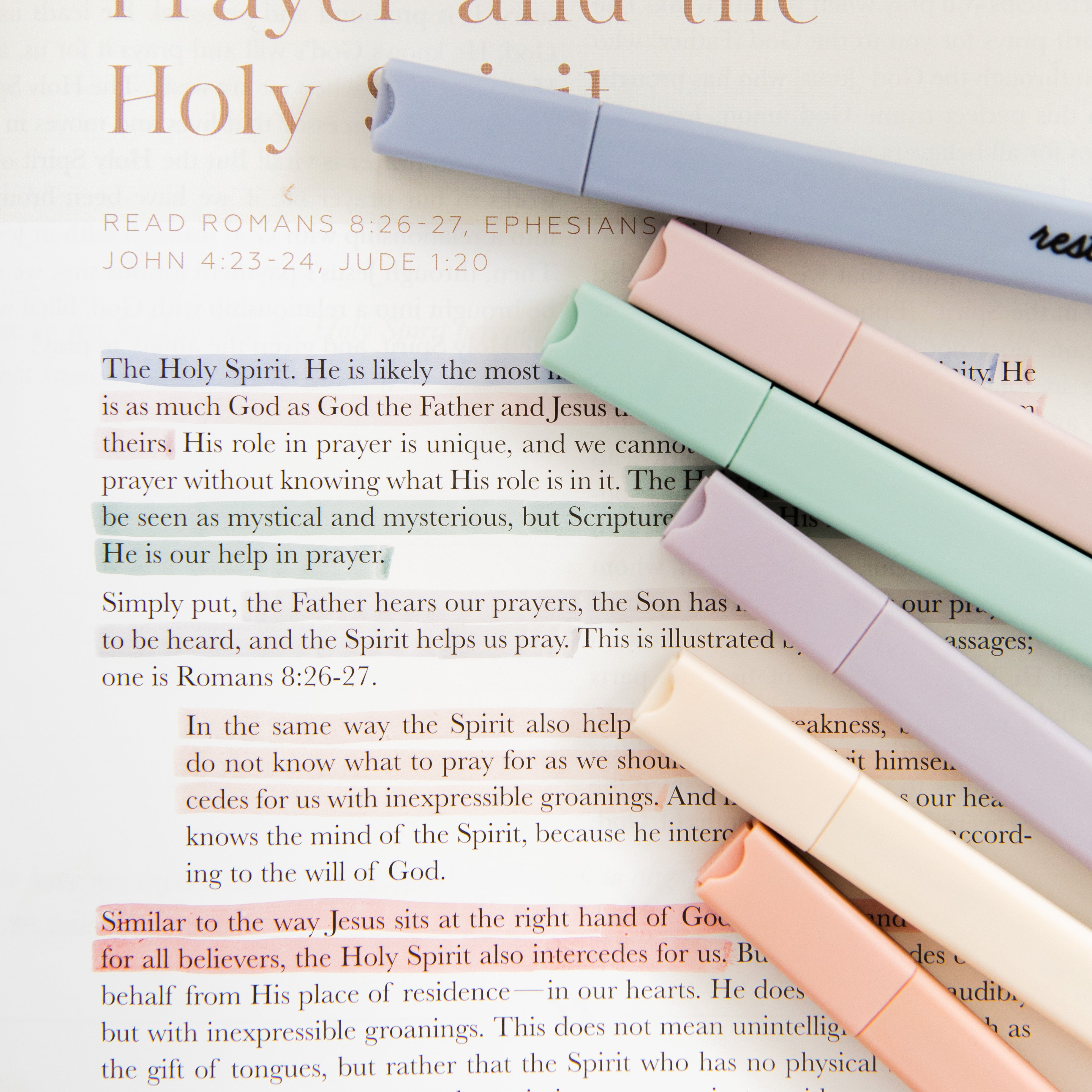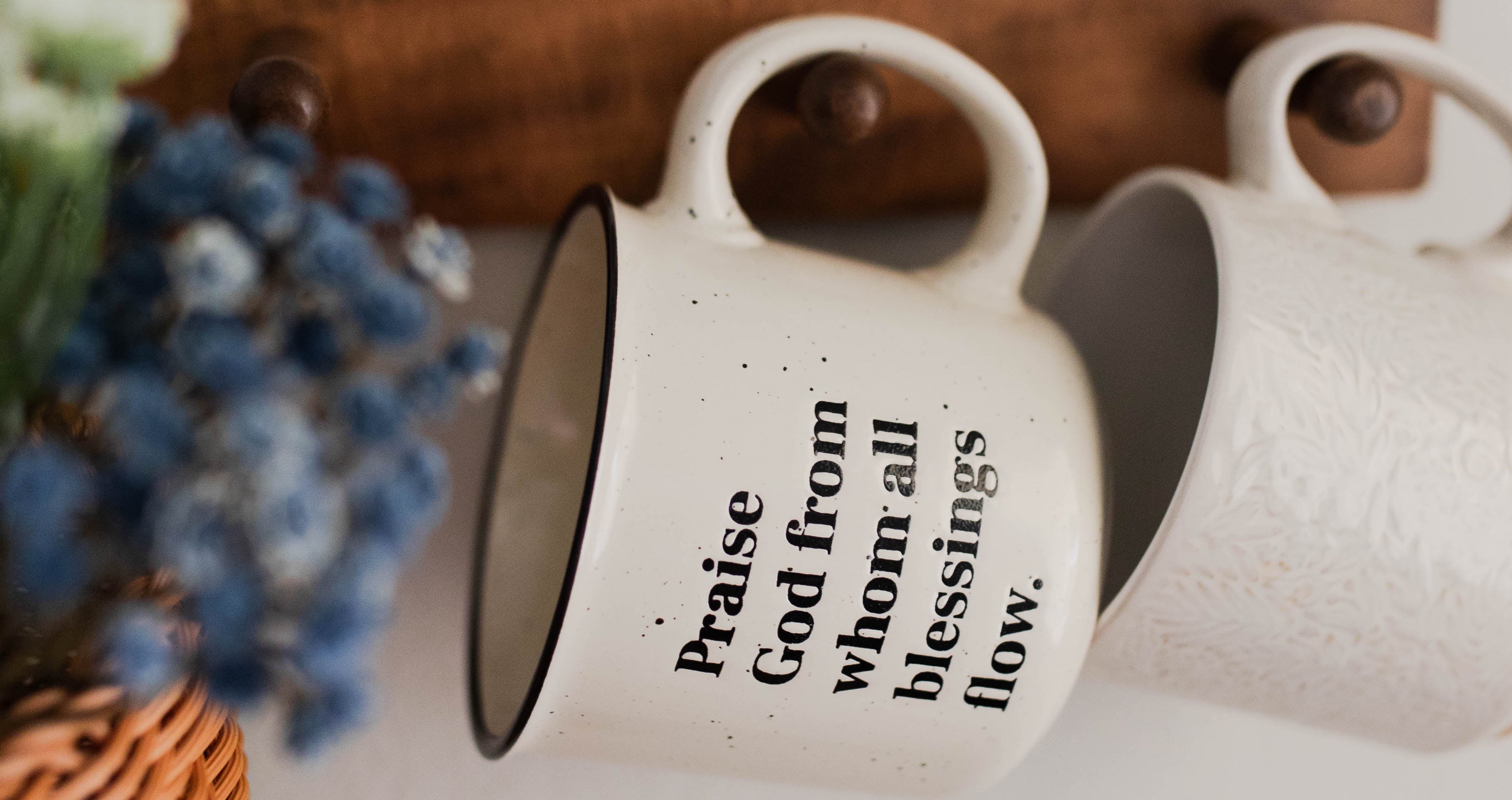As I sit here pondering what to write about prayer, I feel my mind beginning to wander. My to-do list next to me seems to be speaking far more to me than my own thoughts about prayer. Because in reality, I find myself struggling with prayer from time to time. Though I know I should pray, I sometimes find myself getting stuck on the actual praying part.
Have you ever felt this way? If so, I’d like to share some encouragement with you today: God wants to hear from us. And whether we’re confident in our prayer abilities or not, the best first step is to just start praying.

Prayer is a discipline.
Prayer becomes much simpler when we start thinking, “I can actually do this. This isn’t as complicated as I thought.” But how do we achieve this mindset? We can start by recognizing that prayer is discipline. It’s a habit that develops over time. This means prayer involves practice. It may mean setting aside a designated time each day to pray. It may mean finding a space where we can practice prayer free from distractions. Because prayer is a discipline, it involves commitment and dedication on our part.
It may even mean setting aside time to create a prayer schedule, so we can see where we have five minutes each day to spend practicing prayer. It could be during our afternoon stroll or in the car as we wait to pick up the kids from school. That’s the beauty of prayer: we can pray at any time and wherever we find ourselves. But we need to make sure we are protecting the time we’ve set aside to pray.

What should we pray for?
Now that we know prayer is a discipline, we need to actually start praying. But what should we pray for? Thankfully, the more we pray, the more we gain a sense of what to pray for. As we spend more time with God, we will learn what’s worthy of God’s attention.
So we need to be patient with ourselves and avoid worrying about what we should be praying for—as this may keep us from actually praying. We can remind ourselves that God wants to hear from us. God cares for us as our Father and wants us to come to Him with all our needs, whether we are eloquent or not.

But when we do have doubts about what to pray for, we can look to Matthew 6:9–13, where Jesus provides a model prayer commonly called the Lord’s Prayer. We can go through it line by line, putting each petition in our own words. We can use it as a prompt or structure for our own conversation with God. Many find it helpful to use as a general guide for prayer.
Here’s an example of how we can use the Lord’s Prayer as a guide:
Our Father in heaven, your name be honored as holy.
Father, help me each day to know more and more about who You are so that Your name will be honored in all that I think, say, and do.
Your kingdom come.
Father, rule your Church by Your Word and Spirit so that she may persevere through any attacks from the enemy.
Your will be done on earth as it is in heaven.
Father, help me in giving You all my wants and desires so that Your will may be done in my life.
Give us today our daily bread.
Father, help me trust that You will give me all that I need for today.
And forgive us our debts, as we also have forgiven our debtors.
Father, forgive me for the ways in which I have not loved You as I should and help me forgive others as You have forgiven me.
And do not bring us into temptation, but deliver us from the evil one.
Father, uphold me by Your Word and by Your Spirit so that I may resist temptation until I am face to face with You in heaven.
The Lord’s Prayer is a great starting place to help us feel more comfortable in our prayers because it helps us understand the language of prayer. And as we become more familiar with its language, by putting prayer to practice, we may find ourselves using other ways to structure our prayers. We might pray the psalms or other passages of Scripture back to God. We may even find ourselves using helpful acronyms such as ACTS (adoration, confession, thanksgiving, and supplication) or the 3 R’s (repent, rejoice, request) as we pray on-the-go.
All in all, let’s take heart that prayer isn’t as complicated as we think. We just need to start praying and trust that the Lord will guide our wills to more fully align with His own. God is our Father in heaven and wants us to make our requests known to Him.










